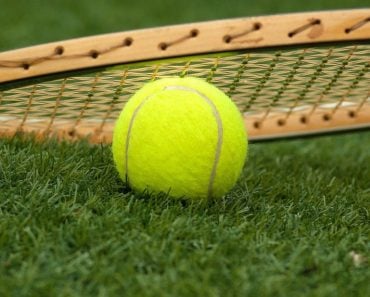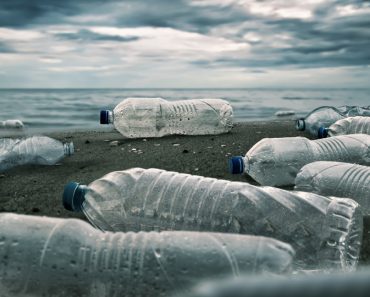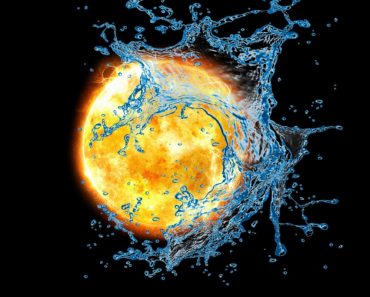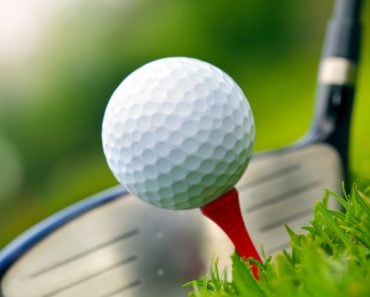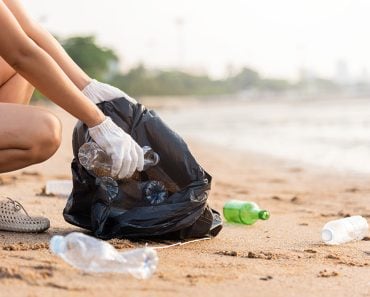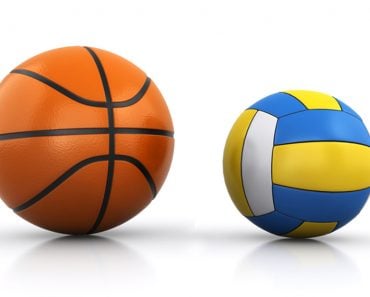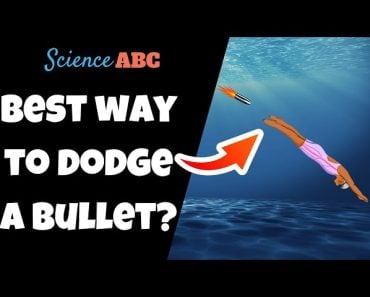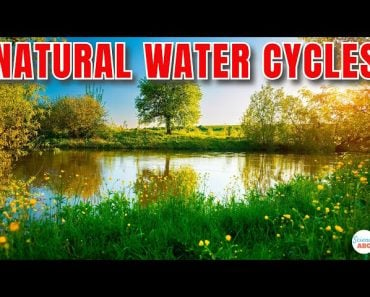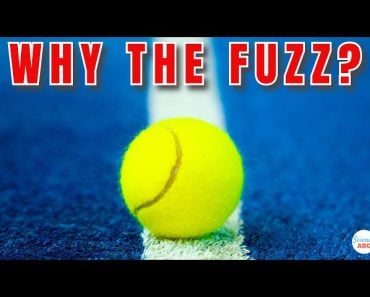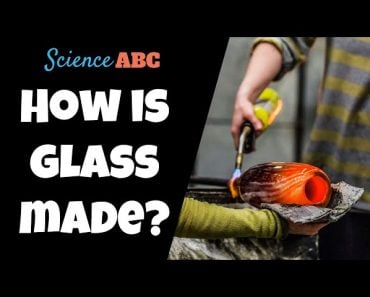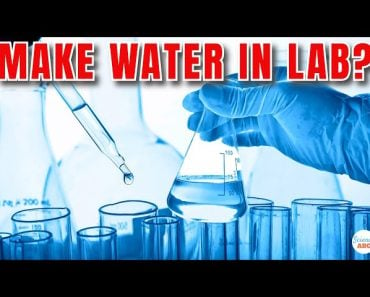Water crisis had hit the world hard and as a result, people have come up with some unique solutions for it. Shade balls are one of these solutions.
While surfing the internet every day, we come across a lot of weird but exciting stuff. These things provide us with knowledge that can be useful in our everyday lives. I recently came across one such piece of information that left me simply amazed—Shade balls. About 96 million of these little balls were added to the Las Virgenes reservoir near Los Angeles in 2015 and have caught the eye of several environmental enthusiasts since then.
At first, I thought it was a one-time gimmick for some world record or a scene for some movie, but to my astonishment, these plastic balls are now as much a part of the reservoir as the water in it! So, what are these spherical items and why have they been added to the water? Let’s take a closer look.
Recommended Video for you:
What Are Shade Balls?
Shade balls are nothing more than small spheres made from plastic, partially filled with water, that are capable of floating on the surface of water bodies, such as reservoirs and lakes. Initially known as bird balls, they were introduced to prevent birds from landing on ponds or lakes that were intoxicated by industrial and mining operations. However, these little plastic balls were soon being used for a variety of reasons, as we will explain below.
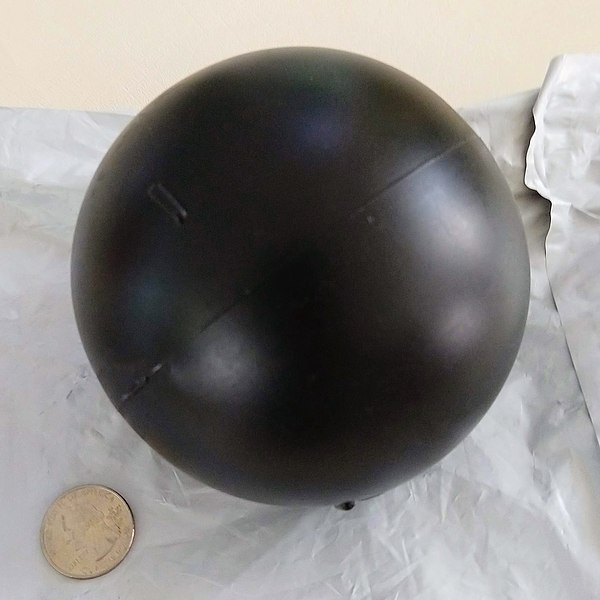
The shade balls are made from high-density polyethene (or polyethylene), the same material used for making bottles and packets of milk. Each ball is about 4 inches in diameter and weighs about 240 to 260 grams. Carbon black is added to these balls to protect them from the ultraviolet radiations of the sun, rendering them a dark black color. The cost of these plastic spheres is about 36 cents each, yet they are expected to save $250 million for the Los Angele Department of Water.
What Is The Purpose Of Shade Balls?
Amongst their various environmental uses, the most important is slowing down the evaporation of water. Although they are available in multiple colors, black shade balls are the most preferred ones, as they reduce the evaporation of water by a measurable amount. In addition to lowering evaporation, they also prevent the growth of algae and reduce UV radiation byproducts from contaminating the water.
These balls are also used to prevent bird aircraft strike hazards (BASH). Airports generally endorse having a drainage pond or a retention basin, which is basically a small artificial lake with some vegetation and a permanent pool of water. The excess rainwater throughout the airport is directed to this basin, preventing flooding of the runways and downstream erosion. However, these ponds also attracts birds and other airborne animals, all of which present a risk for collision with the aircraft. Shade balls cover the surface of these ponds, preventing the birds from hovering around and risking their lives, as well as the safety and integrity of the airplanes.
Why Were The Balls Used In Los Angeles?
Most of you are likely thinking that the purpose of releasing these balls into the LA reservoir was to protect the water from the California sun and reduce water loss via evaporation. However, there’s more to it than that.
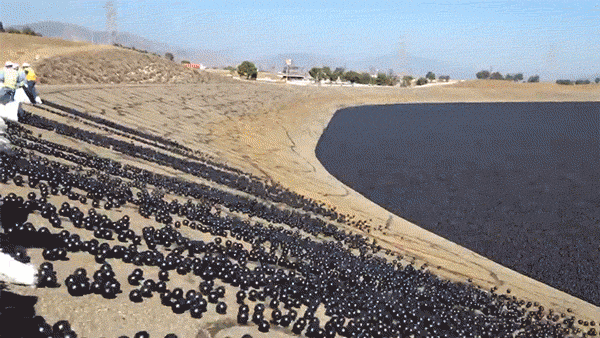
The reservoir is the primary source of drinking water for the citizens of Los Angeles and the surrounding regions. However, the water that enters this reservoir contains bromide. Now, Bromide (Br_) is a completely safe mineral and is quite common in saltwater; it also almost impossible to separate entirely from water due to its small size. However, when this ion comes in contact with the rays of the sun, it undergoes a chemical reaction that leads to the formation of bromate (BrO3—), which is carcinogenic, i.e., it causes cancer.
This reaction is catalyzed by the presence of chlorine, which is also completely harmless to humans, but necessary for disinfecting the water from any kind of bacteria or other diseases. Of the three reactants that cause this unwanted reaction, the authorities found removing sunlight to be the most comfortable and viable option. Hence, shade balls entered the picture.
Are These Balls Really “Saving” Water?
A team of researchers at the Imperial College of London (Imperial College), along with their colleagues from the Massachusetts Institute of Technology (MIT), recently released their findings on this subject, which claimed that the shade balls might actually use up more water than they save. As per their research, during the two years in the lake, the balls saved 1.7 million cubic meters of water, as compared to the 2.9 million cubic meters used in their production. Yes, you read that, right! These balls require water to be produced.
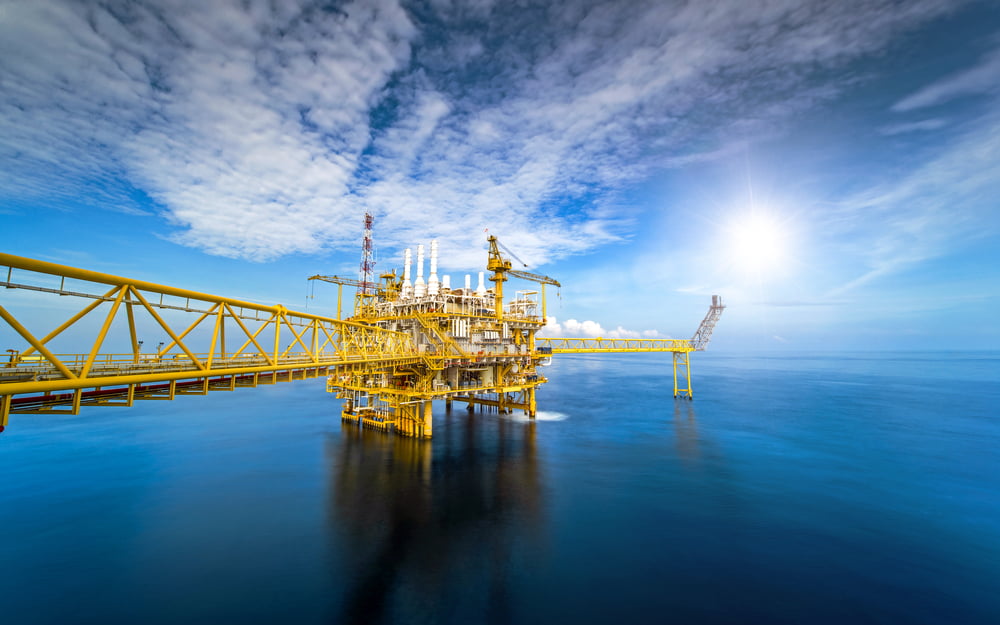
High-density polyethene is manufactured using oil and natural gas, and the production of these resources requires a considerable amount of water. Based on various studies, the balls may take up to 3 years to save the amount of water that was used in their production. This is not meant to discourage the use of these balls, but simply to point out that their utility might not be feasible everywhere. Also, we cannot forget that this type of work is not a permanent solution, as these balls only come with a certain life span, after which they will have to be replaced with new balls, which will again require a massive amount of water throughout the production process.
A Final Word
Whether these balls provide a long-term solution to the problem of water loss from evaporation and contamination is something only research and time will be able to validate. Although their potential benefits are enormous, the drawbacks cannot be overlooked.
The use of this quick-fix technology has brought several critical question before us: Where are we going with this? We seem to be solving one problem somewhere and creating several new problems elsewhere. While dumping these polymeric spheres into the water, did anyone think about the birds that rely on the reservoir for their water supply or did we simply presume that, as humans, we’re the only ones that deserve to lay claim to it?
Regardless of where you stand on the issue we’ve presented here, it is clear that something must be done to protect our water supply and environment, so unique ideas like this one tend to stand out!

